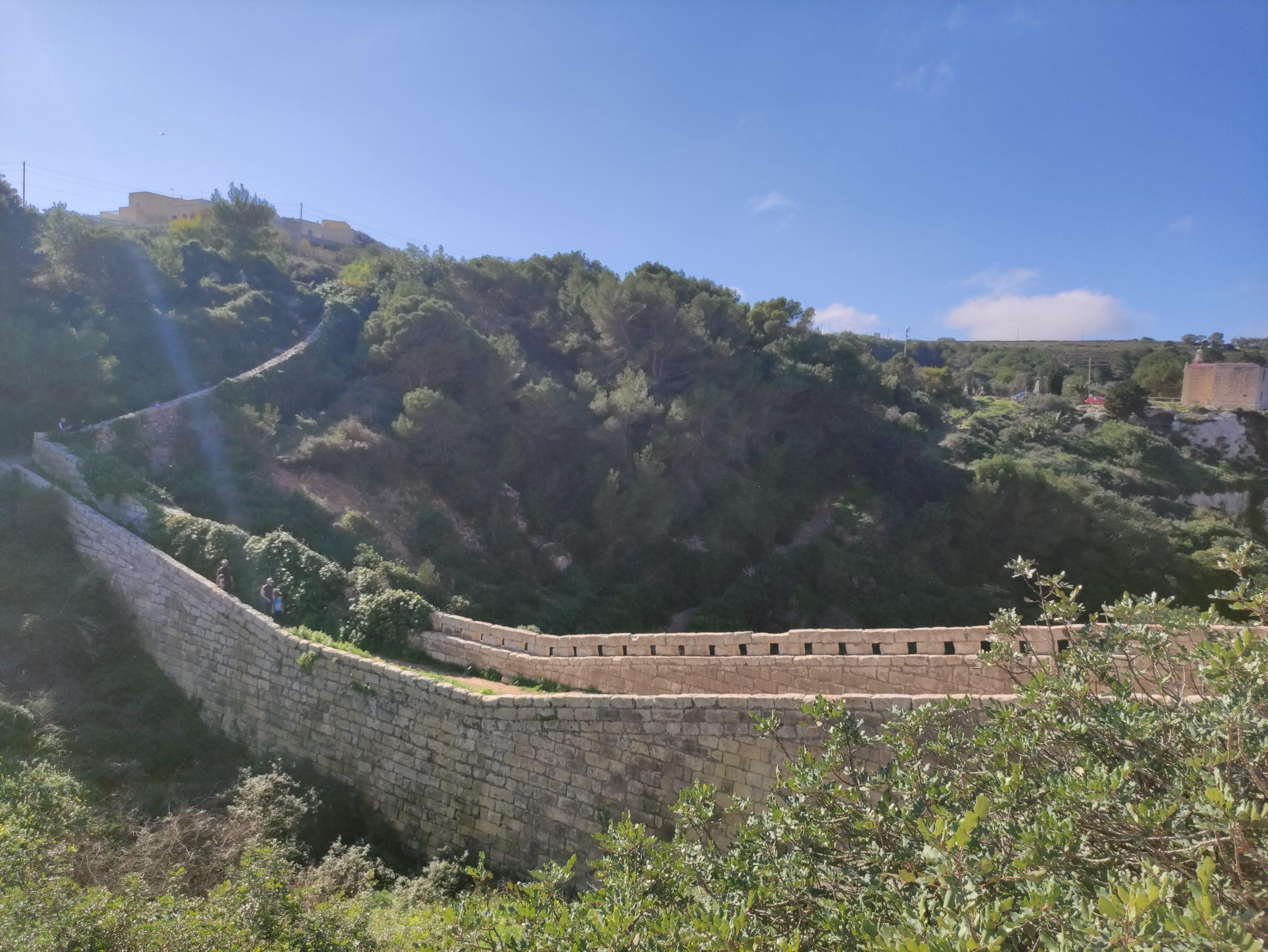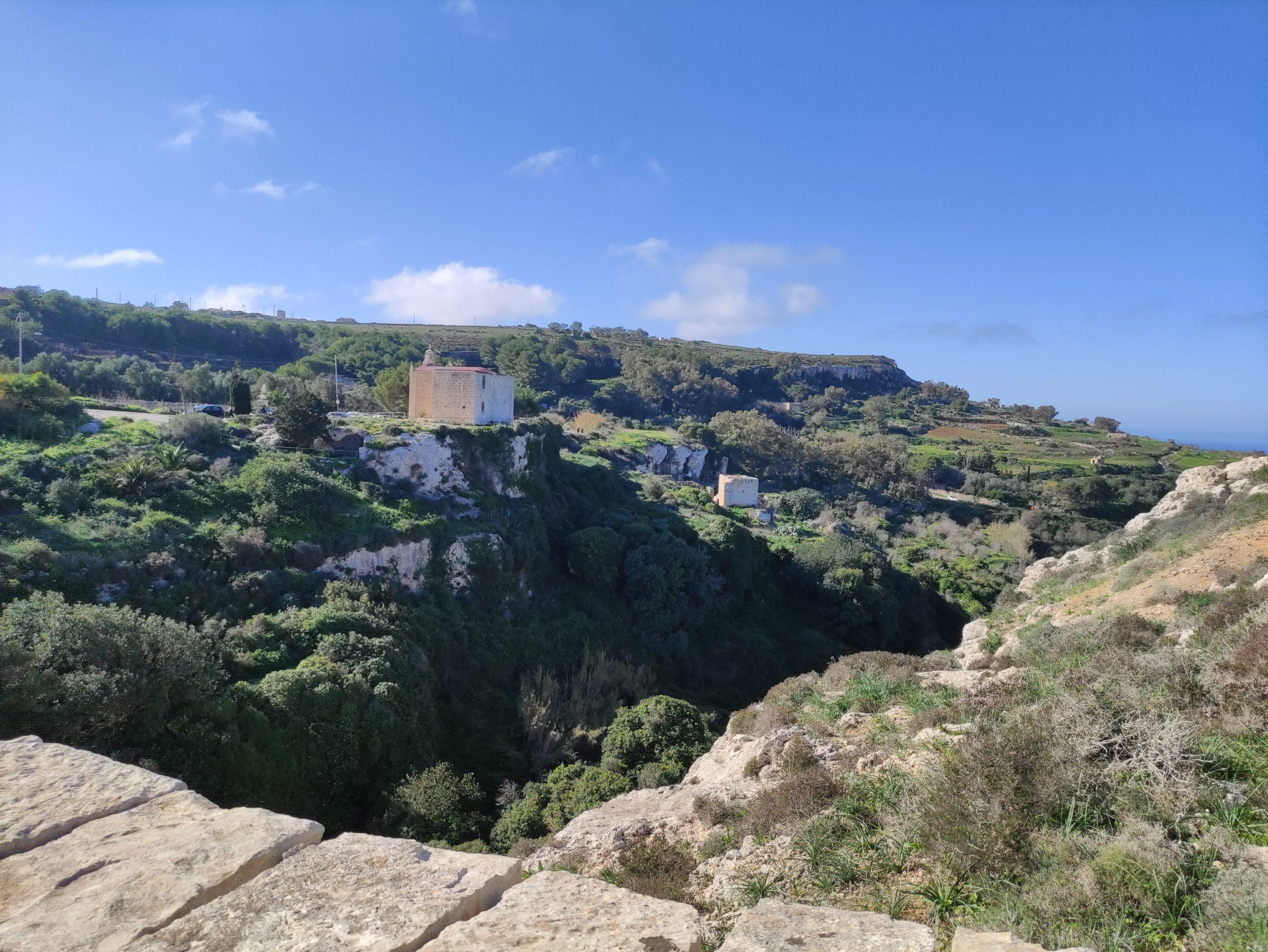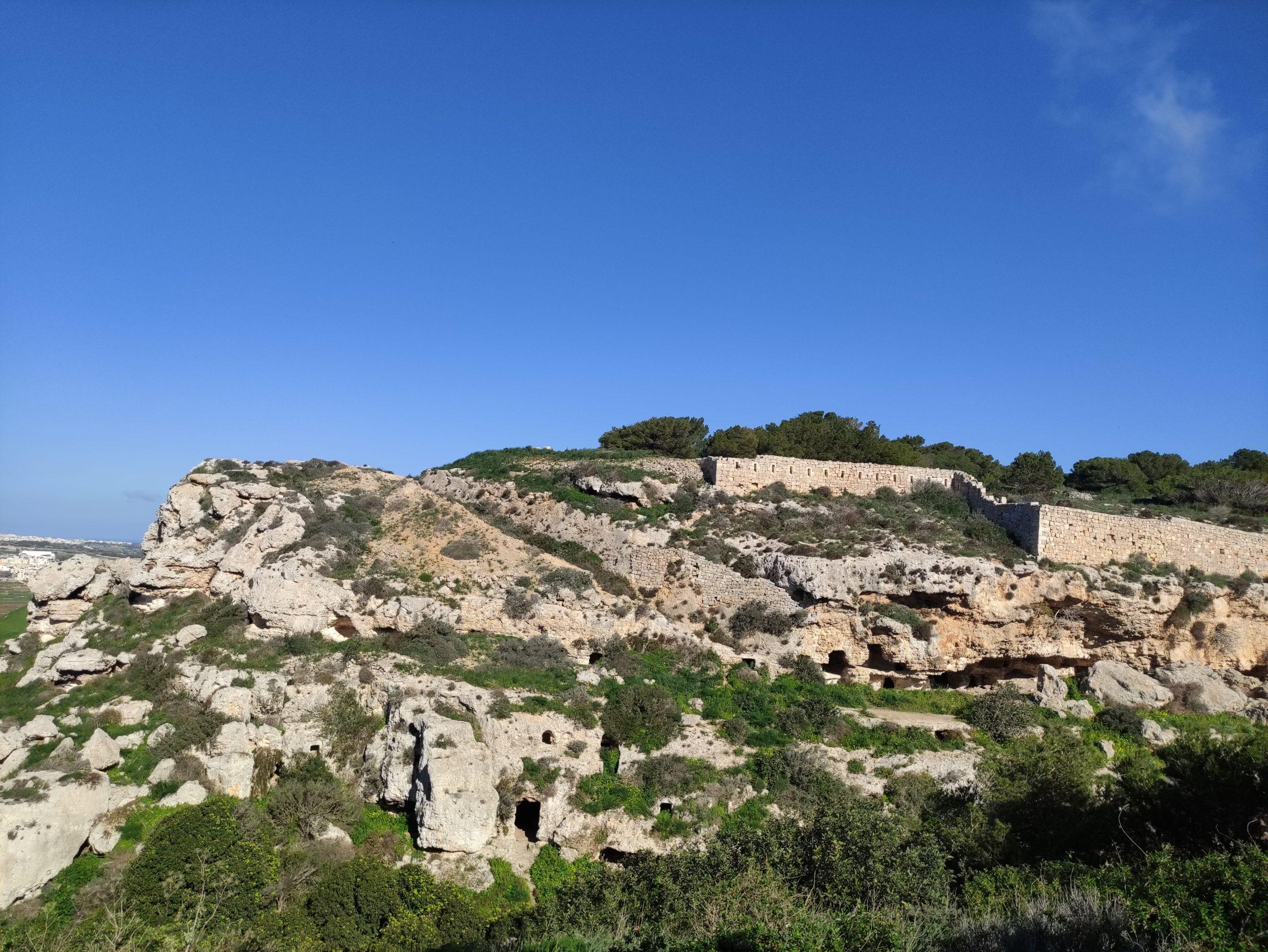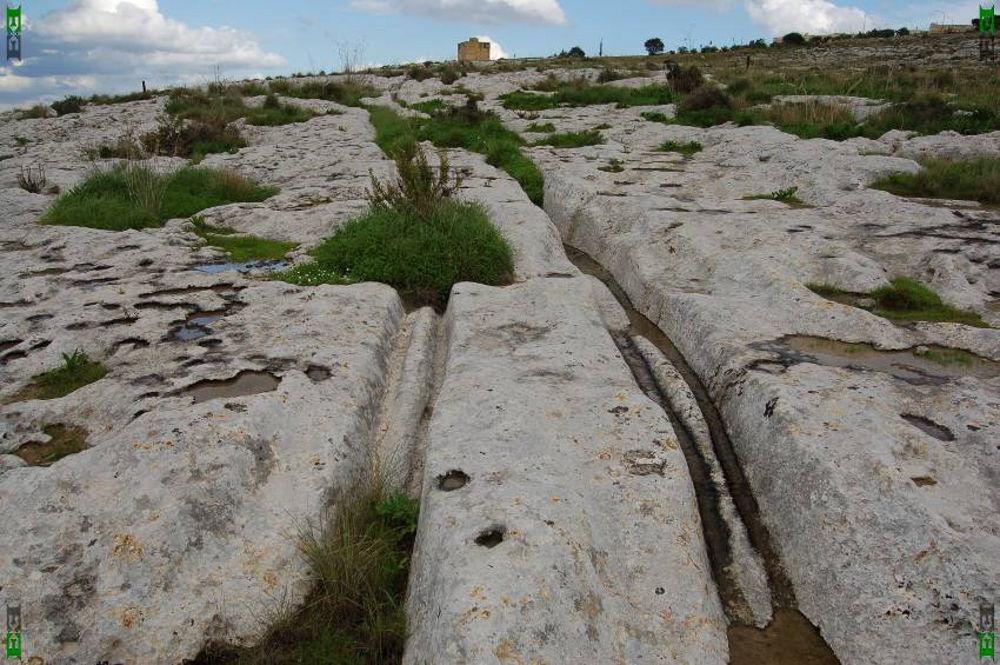Victoria Lines – Malta

Malta is one of the EU’s most densely populated countries, and with over 1 million visitors a year it is hard to believe that any part of the island is abandoned.
Abandoned in 1907, Victoria Lines were built along a natural ridge- the Great Fault line which divides the island of Malta in two. These fortifications are often missed by tourists visiting Malta, but you don’t have to love history to appreciate the walk and views from them.

History
The Victoria Lines were built by the British and completed in 1897, the year of Queen Victoria’s Diamond Jubilee. The 12km Lines span the width of Malta from Fomm ir-Riħ in the west to Madliena in the east. The British militarised the Great Fault during the second half of the 19th Century. The Lines were built to protect the northern side of the island from the Grand Harbour in the south.


The French surrendered Malta to the British in September 1800 which sparked the beginning of 164 years of colonial rule. Malta was strategically placed in the Mediterranean, positioned halfway between the European mainland and North Africa. The islands of Malta, Gozo and Comino could not be ignored by anyone wanting to trade in the region.
Cliffs protected the west of Malta from attack and the south was protected by a number of forts. The fear was that a land attack from Grand Harbour, near the capital Valletta could devastate British forces. In the early 18th Century, infantry entrenchments were built along the Great Fault line by the Knights of Malta. The British then built upon these entrenchments over 100 years later to protect the islands from foreign invaders.

Abandonment
Victoria Lines were never tested by the enemy. In May 1900, a military exercise was carried out to test the effectiveness of the Lines. This revealed that the defences were weak and could be passed with relative ease. By 1907, only 20 years after their completion, the Lines had already been abandoned and the troops were moved to the coastline. During WWII, when an invasion seemed likely, guard posts or ‘pillboxes’ were erected along the Lines. These concrete structures were to be used in case of Axis invasion from the beaches or parachute landings. However, these were not needed and Victoria Lines never saw enemy action.


Exploring the Lines
Walking Victoria Lines, even part of it, is a great way to explore Malta and should definitely not be overlooked by tourists. The 12km long stretch has views to both the north and south coasts of Malta and on a clear day Gozo can be seen.
Many begin their hike of Victoria Lines on the east and head west, or vice versa, but equally the defensives can also be accessed at many other points along the way. The Lines are easy to follow. There are a few segments that have been broken up by buildings but the next part can always be seen, making losing your way nearly impossible. This makes the walk relaxed and enjoyable.
That being said, there are some challenging aspects of the Lines. There are many steep sections which need to be navigated with caution. Also, the stone has been worn down over the decades of visitors which makes the walk very slippery in places. Be prepared for this by wearing suitable footwear and taking your time.


Historical Features
Whilst taking in the breathtaking views as you walk, there are also lots of historical features that you can admire. A favourite of mine were the prehistoric tombs that were cut into the rocks. There are a number of forts to see along the Lines: Madliena Fort, Fort Mosta, Bingemma Fort and Fort Pembroke. It is fantastic that these ancient artefacts are free of charge and accessible for all. The cart ruts, Misraħ Għar il-Kbir, are also a fascinating sight. These were informally known as Clapham Junction by the British due to the criss-crossing tracks. We can’t be certain of the age of the ruts but archaeologists presume the site was developed around 2000 BC. Some of the ruts are up to 24 inches deep and were caused by wooden-wheeled carts eroding the soft limestone.



Today
Victoria Lines have been on the tentative list for inclusion as an UNESCO World Heritage Site since 1998. The fortifications also received status as a Grade 1 national monument in 2001. Over decades of abandonment large parts of the fortification walls have collapsed. The Lines are not preserved and maintained, which is a shame as this puts them at risk of deteriorating further. In 2019, the Maltese Tourism Authority proposed two trails along the lines becoming Malta’s inaugural national walkway.
Last Updated on 10 March 2022 by Leonie



